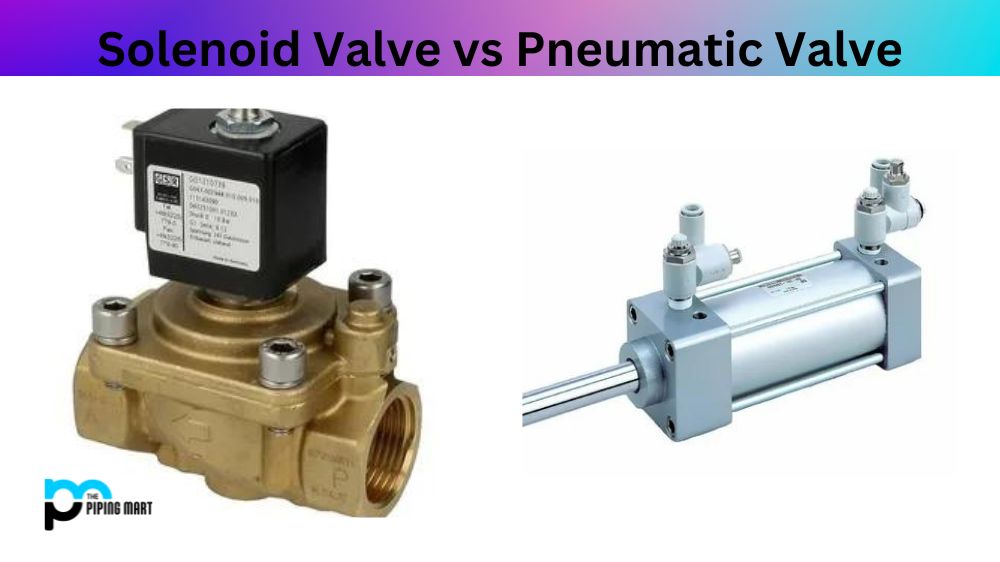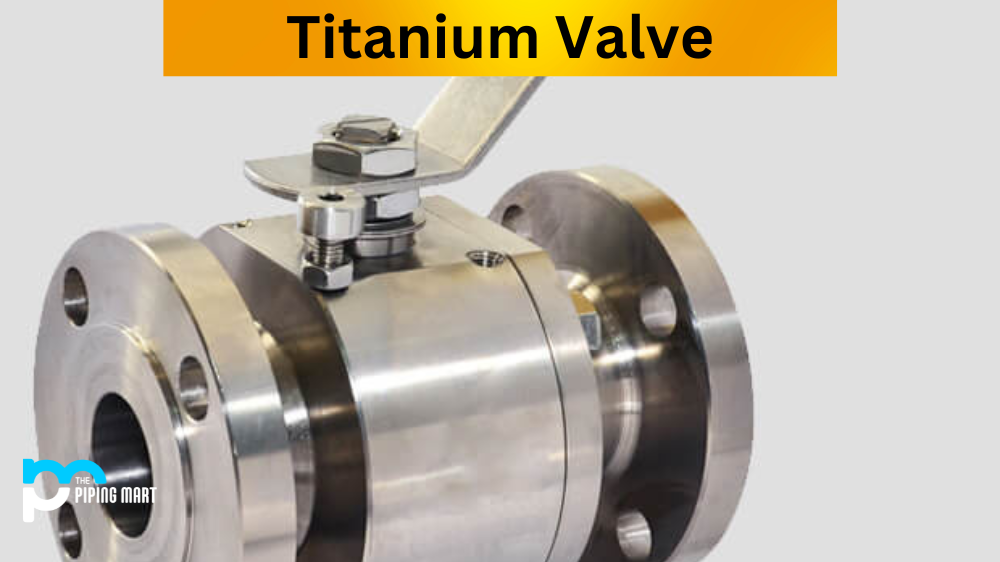In the world of automation, valves play a crucial role. They control the flow of fluids and gases in various industrial applications. However, choosing the right type of valve can be a complex task. With so many options available, it’s essential to understand the differences between two commonly used valves – the Solenoid Valve and the Pneumatic Valve. Let’s explore the difference between them in detail.
What is Solenoid Valve?
A solenoid valve is an electromechanically operated valve that controls the flow of liquids and gases. It consists of a coil wound around an armature that, when energized, creates a magnetic field that moves a plunger inside the valve, allowing or blocking the fluid pathway. Solenoid valves are widely used in industrial automation processes and come in various styles, such as two-way, three-way, and four-way valves, depending on their application.
What is Pneumatic Valve?
A pneumatic valve is a type of valve that uses compressed air to control the flow of either gas or liquid in industrial and commercial applications. The pressure from the air compressors actuates the valves, which can be used for controlling, shutoff, diverting, mixing and other related functionalities. Pneumatic valves are chosen over manual and electric valves due to their ease of operation, longer service life and lower cost. They are also more reliable than mechanical valves in difficult environments since they do not require any electrical power source.
Difference Between Solenoid Valve and Pneumatic Valve
Operation:
Pneumatic valves use compressed air to control the flow of fluid or gas. A pneumatic actuator operates a pneumatic valve that opens or closes the valve. On the other hand, Solenoid valves are operated by an electric current that activates a solenoid coil in the valve. The solenoid coil creates a magnetic field that moves the valve plunger, allowing or blocking fluid flow.
Response Time:
Response time is an important factor in valve selection. Pneumatic valves have a slower response time because it takes time for the compressed air to build up and activate the actuator. On the other hand, solenoid valves have a faster response time because an electric current operates them.
Precision:
Accuracy is crucial in many industrial applications, and pneumatic valves can provide more precision than solenoid valves. Pneumatic valves allow for more precise flow rate control because they use a proportional regulator that can adjust the air pressure to the actuator. Solenoid valves are either fully open or fully closed, providing less precision.
Maintenance:
Maintenance is an inherent part of any mechanical system. Pneumatic valves require regular maintenance to prevent leaks and ensure smooth operation. They require lubrication and replacement of worn-out pneumatic components. On the other hand, solenoid valves are less prone to wear and tear and require minimal maintenance.
Application:
Both Solenoid valves and Pneumatic valves have their specific applications. Pneumatic valves are best suited for applications that require high flow rates and low precision. These valves are ideal for applications such as actuating large cylinders or controlling flow to a spray nozzle. However, Solenoid valves are best suited for applications where precision is critical, such as laboratory and medical equipment.
Conclusion:
Understanding the difference between Solenoid and Pneumatic valves helps choose the right valve for the right application. Consider factors such as response time, precision, maintenance, and suitability for the application to make the right choice. Whether you choose a Solenoid or Pneumatic valve, both are reliable and efficient for various industrial applications.
Meet Heer, a dynamic and driven writer learning tricks of her trade in the metal industry. With a background in Digital Marketing, Heer brings a unique perspective to her writing, sharing valuable insights. Apart from blogging she like reading and hiking.




